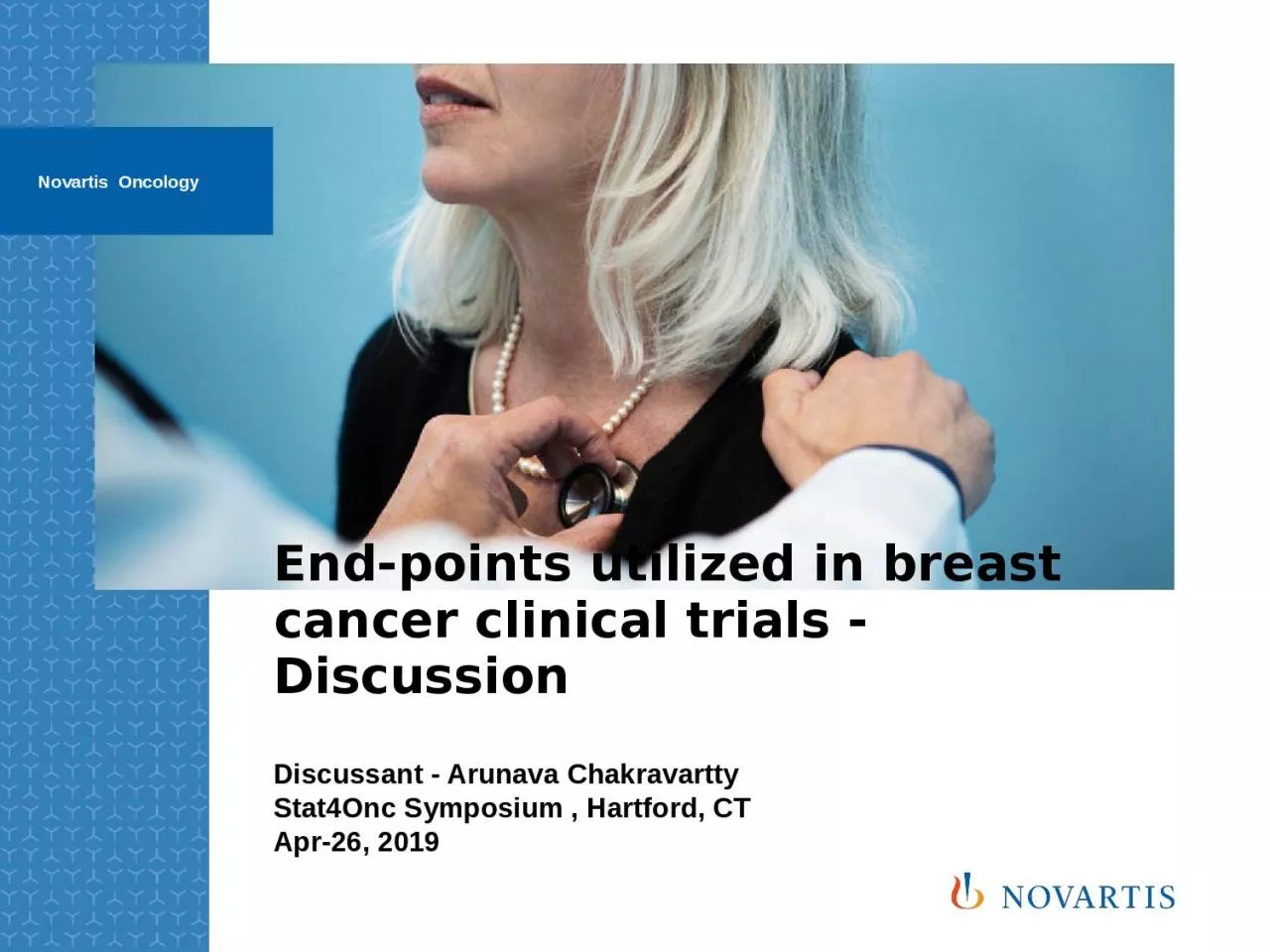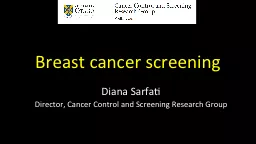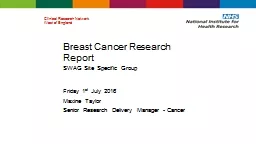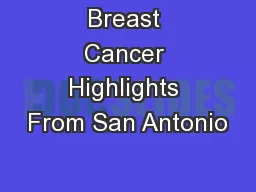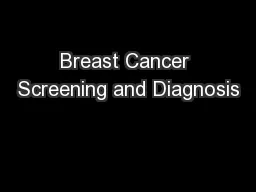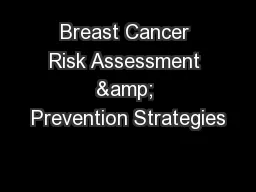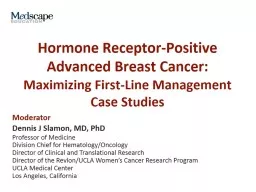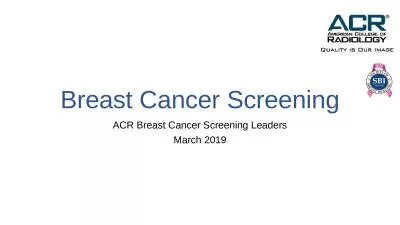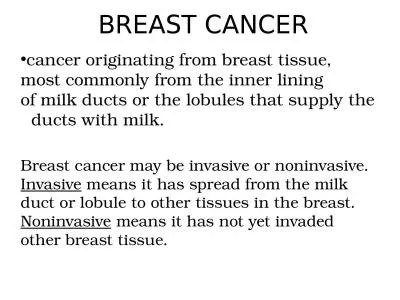PPT-End-points utilized in breast cancer
Author : evelyn | Published Date : 2024-02-09
clinical trials Discussion Novartis Oncology Discussant Arunava Chakravartty Stat4Onc Symposium Hartford CT Apr26 2019 Disclaimer All views expressed in
Presentation Embed Code
Download Presentation
Download Presentation The PPT/PDF document "End-points utilized in breast cancer" is the property of its rightful owner. Permission is granted to download and print the materials on this website for personal, non-commercial use only, and to display it on your personal computer provided you do not modify the materials and that you retain all copyright notices contained in the materials. By downloading content from our website, you accept the terms of this agreement.
End-points utilized in breast cancer: Transcript
Download Rules Of Document
"End-points utilized in breast cancer"The content belongs to its owner. You may download and print it for personal use, without modification, and keep all copyright notices. By downloading, you agree to these terms.
Related Documents

